Incident Media Photographs
Could not determine your location.
Photographs Gallery
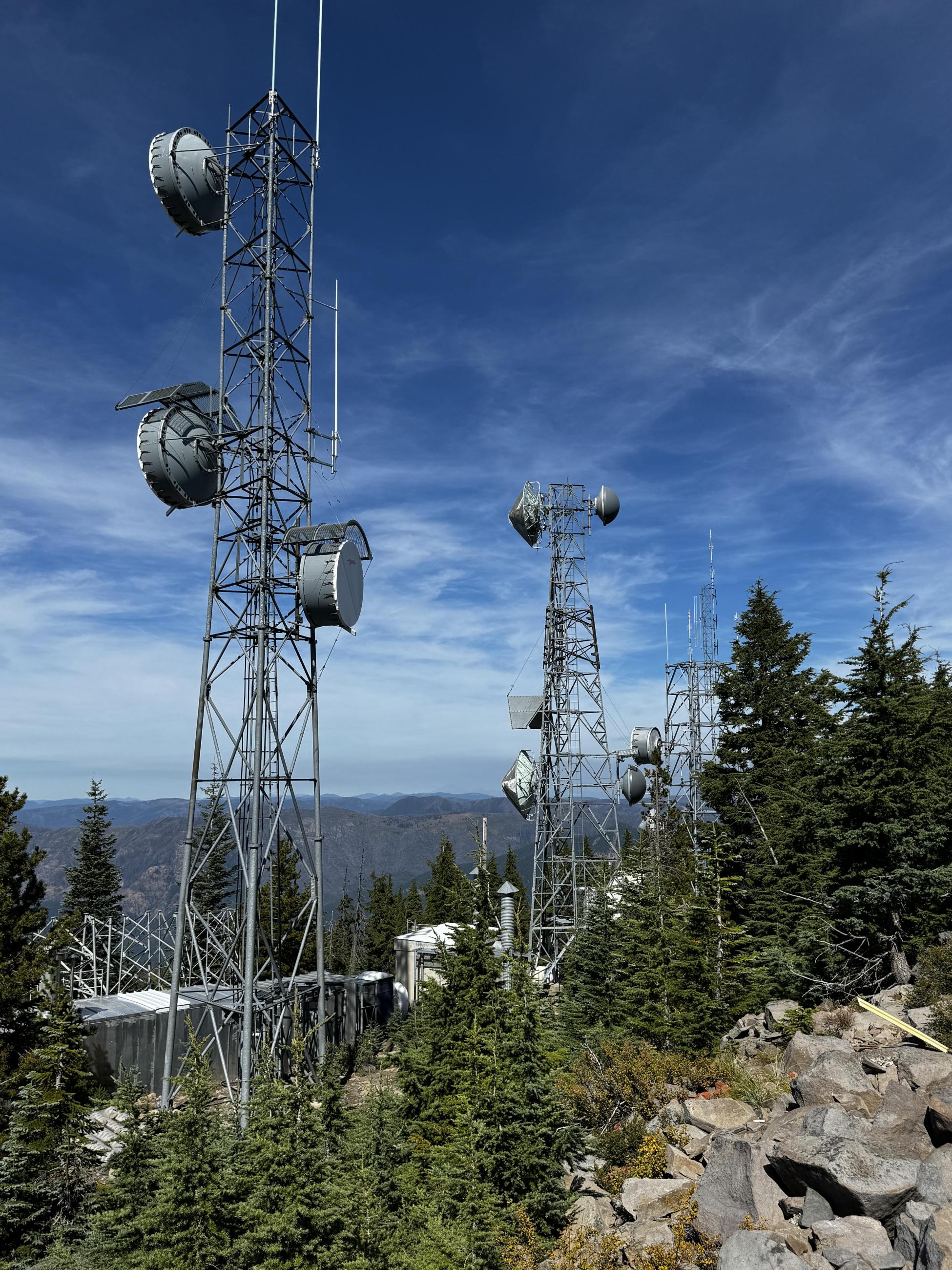
A view of the Wolf Mountain Communications Site before fuels reduction work was started.
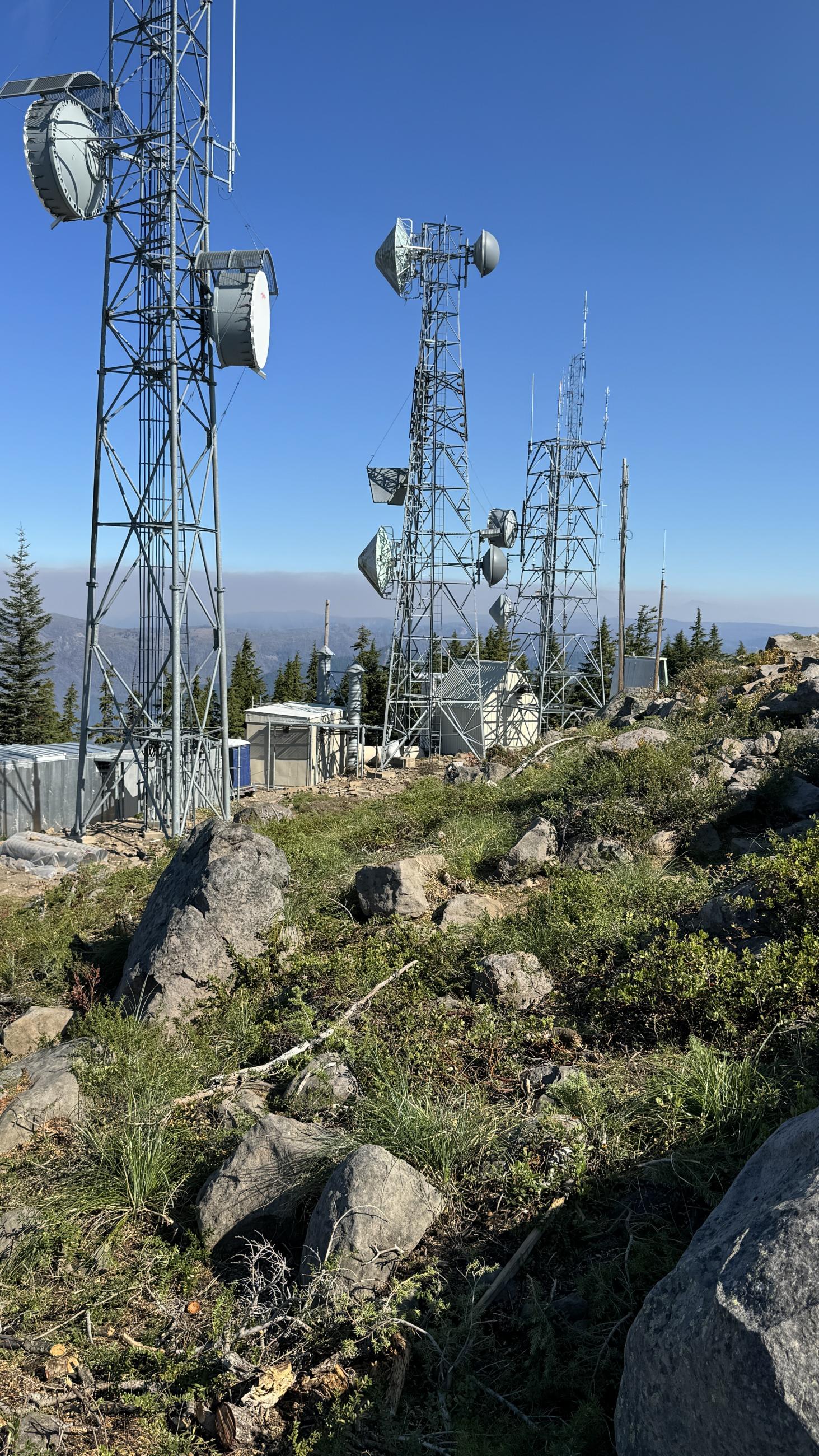
An after photo of fuels reduction completed around the Wolf Mountain Communications Site.

View from Wolf Mountain with the Moss Mountain Fire on the left side on October 1, 2024
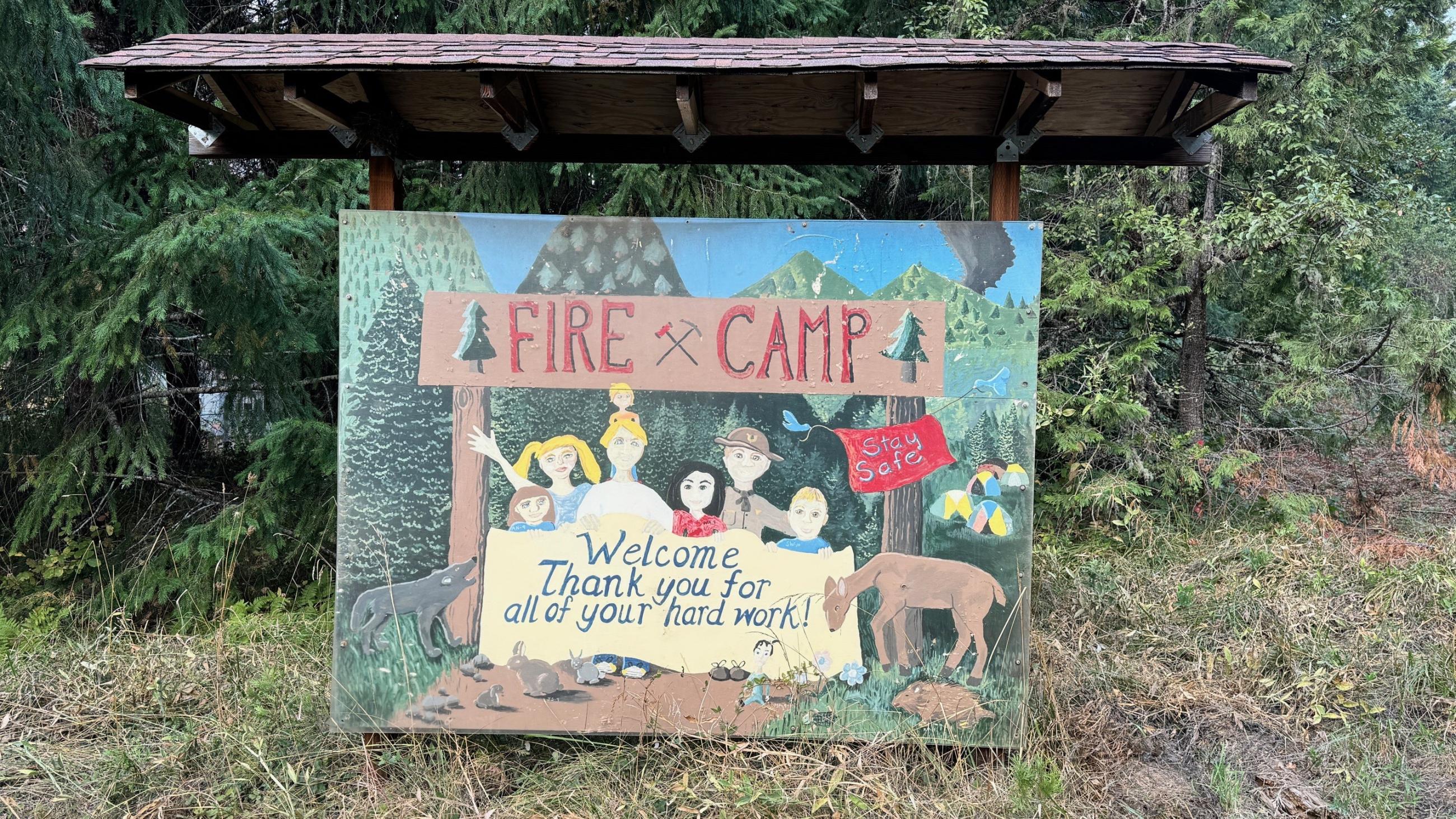
A Thank You Firefighters sign near the Willamette Complex South Fire Camp
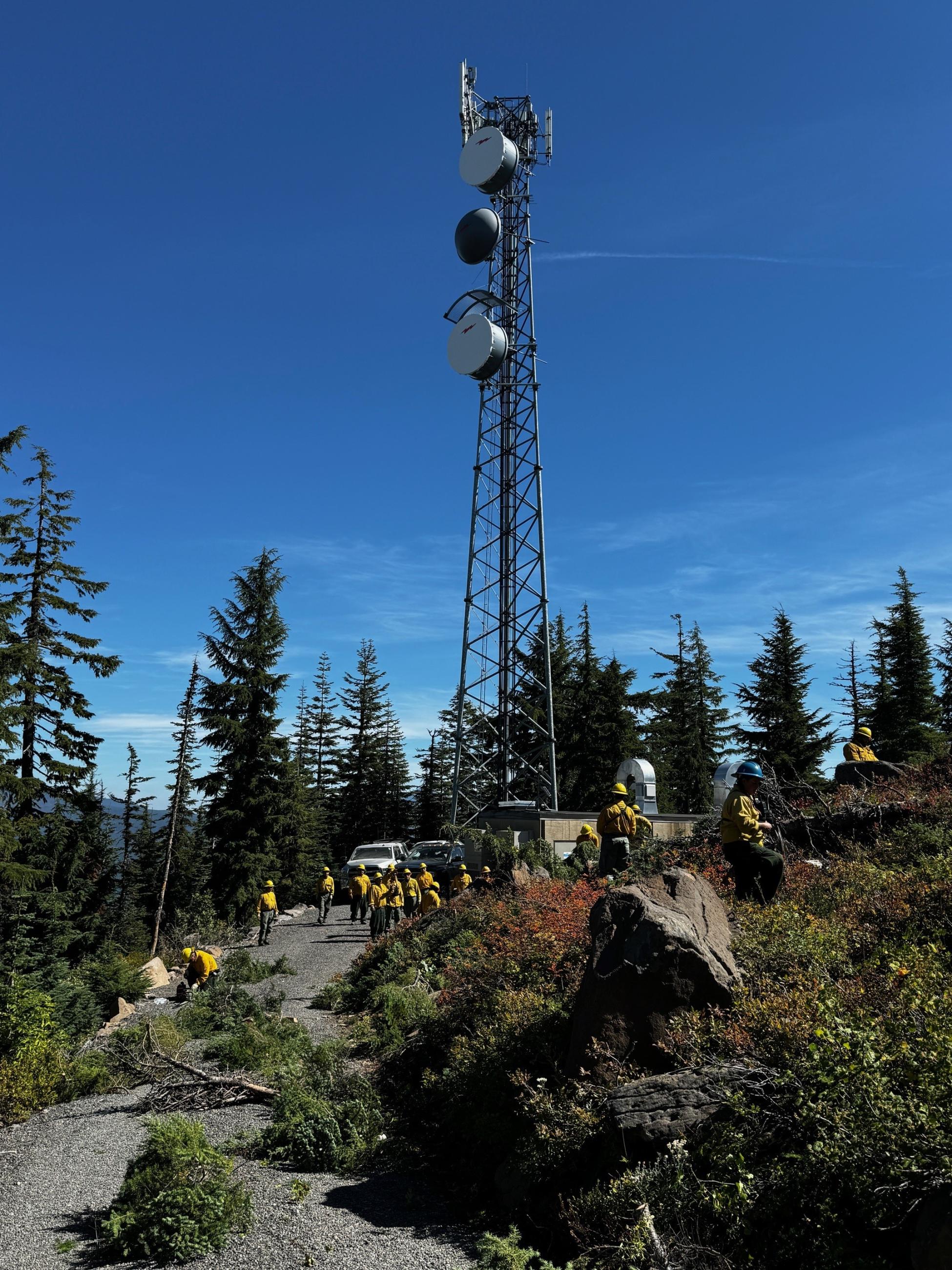
Crews on the Moss Mountain Fire work on clearing vegetation fuels around the communications tower and equipment at the top of Wolf Mountain
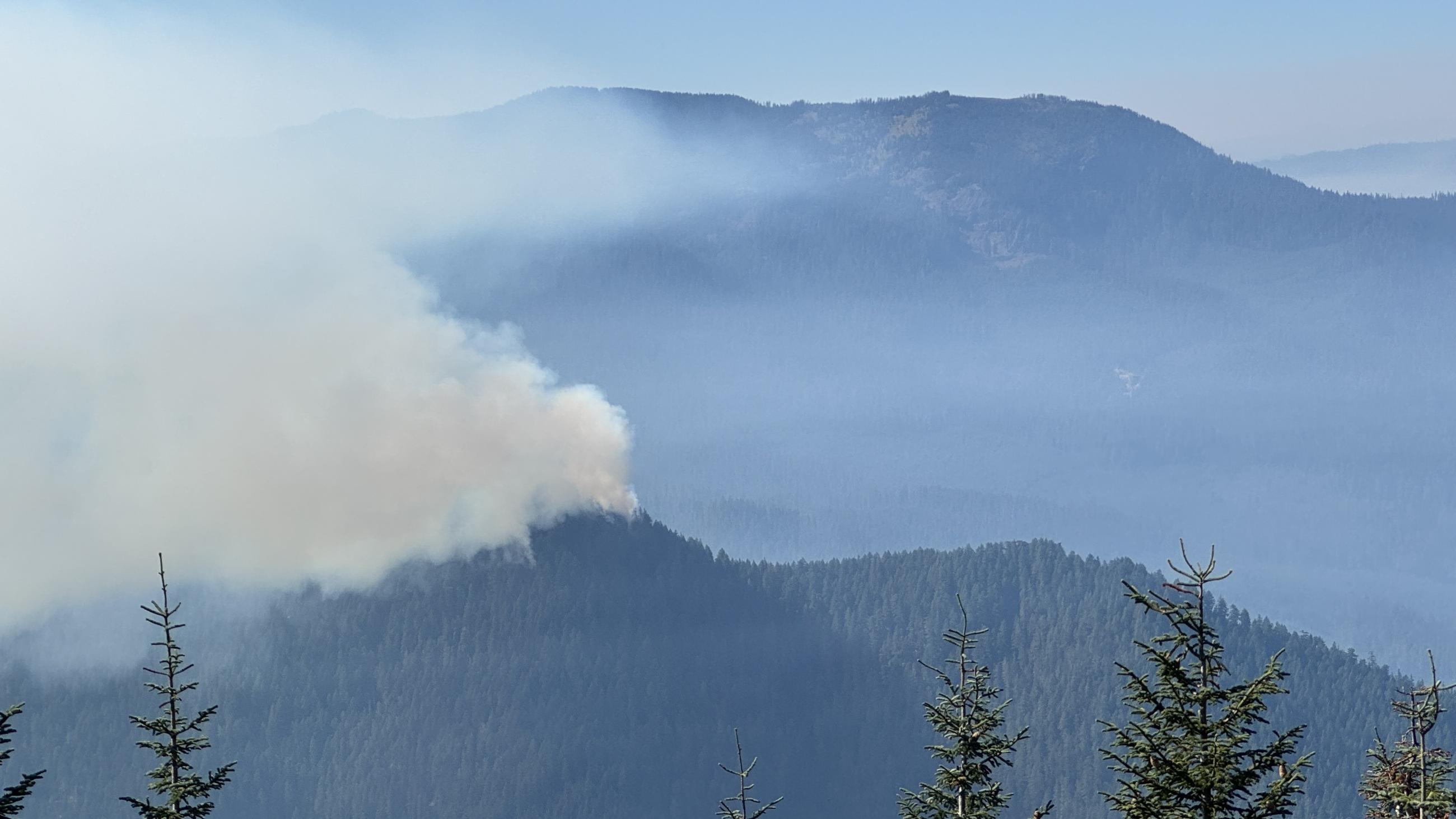
Fire activity on a ridge on the Moss Mountain Fire on October 1, 2024
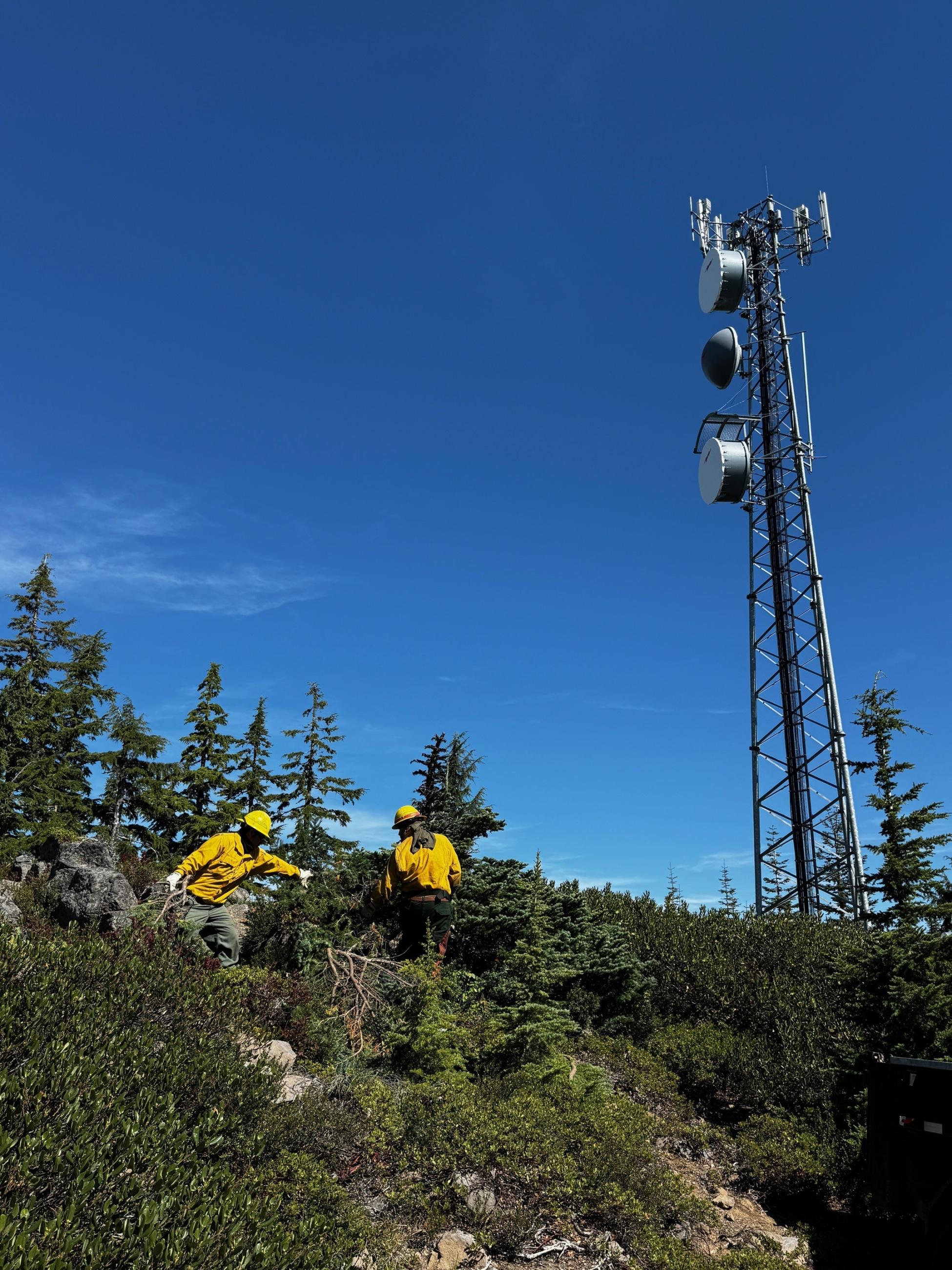
Crews on the Moss Mountain Fire work to clear vegetation fuels around the communications tower and equipment at the top of Wolf Mountain
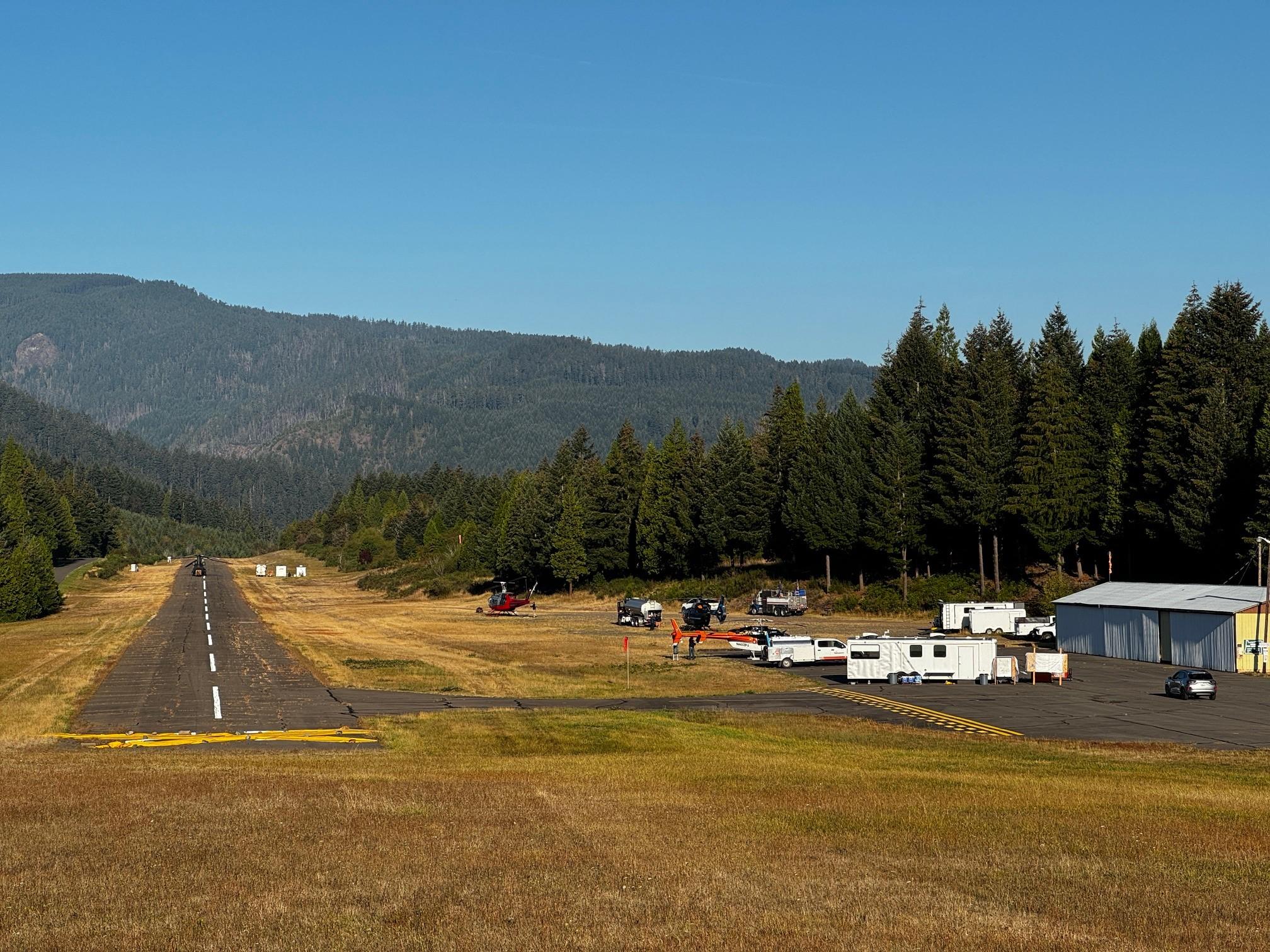
The Willamette Complex South and Red Fire helicopter base on September 21, 2024.
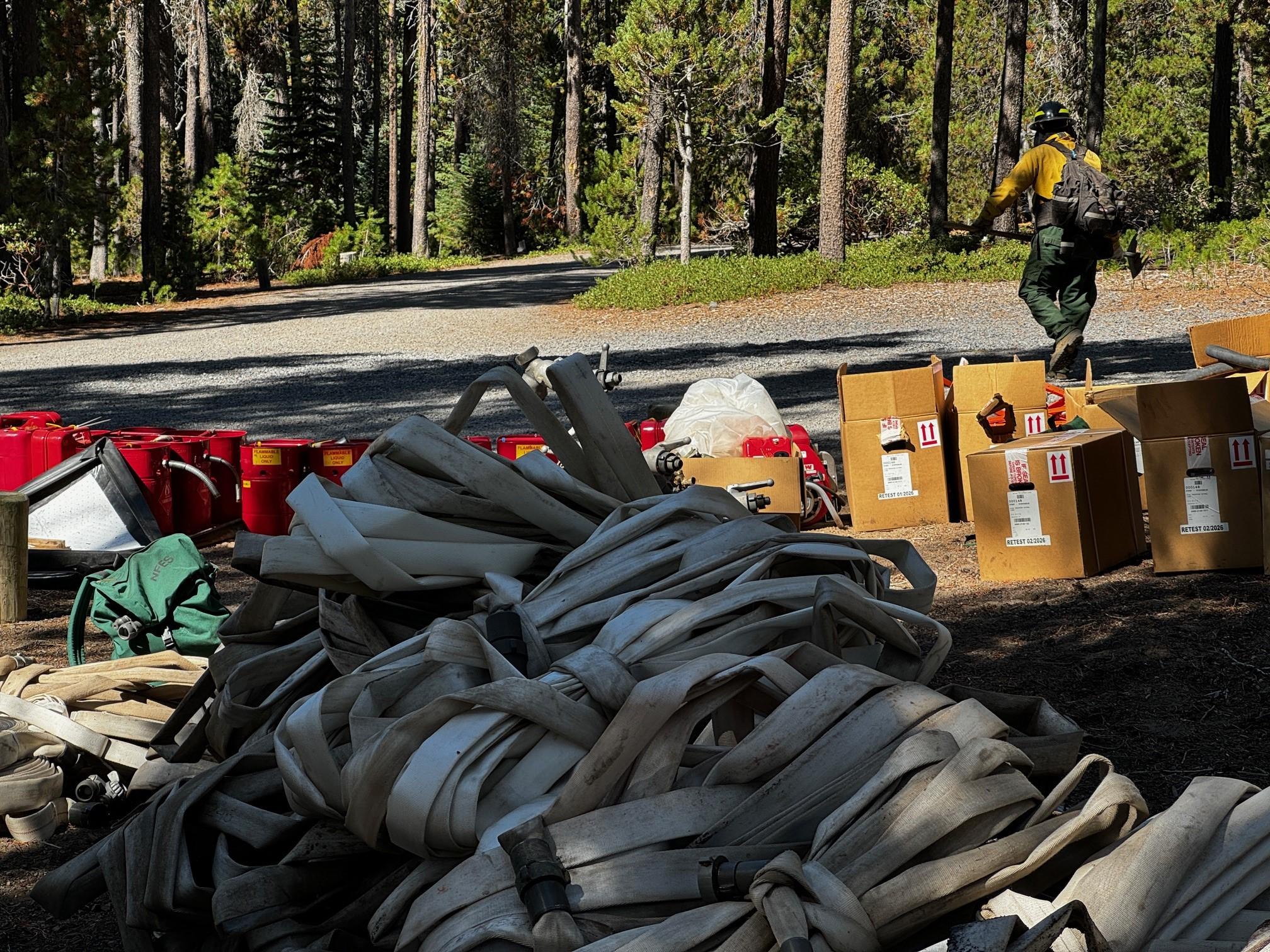
Wildland fire hose and equipment no longer needed so it is piled up and ready to be back hauled
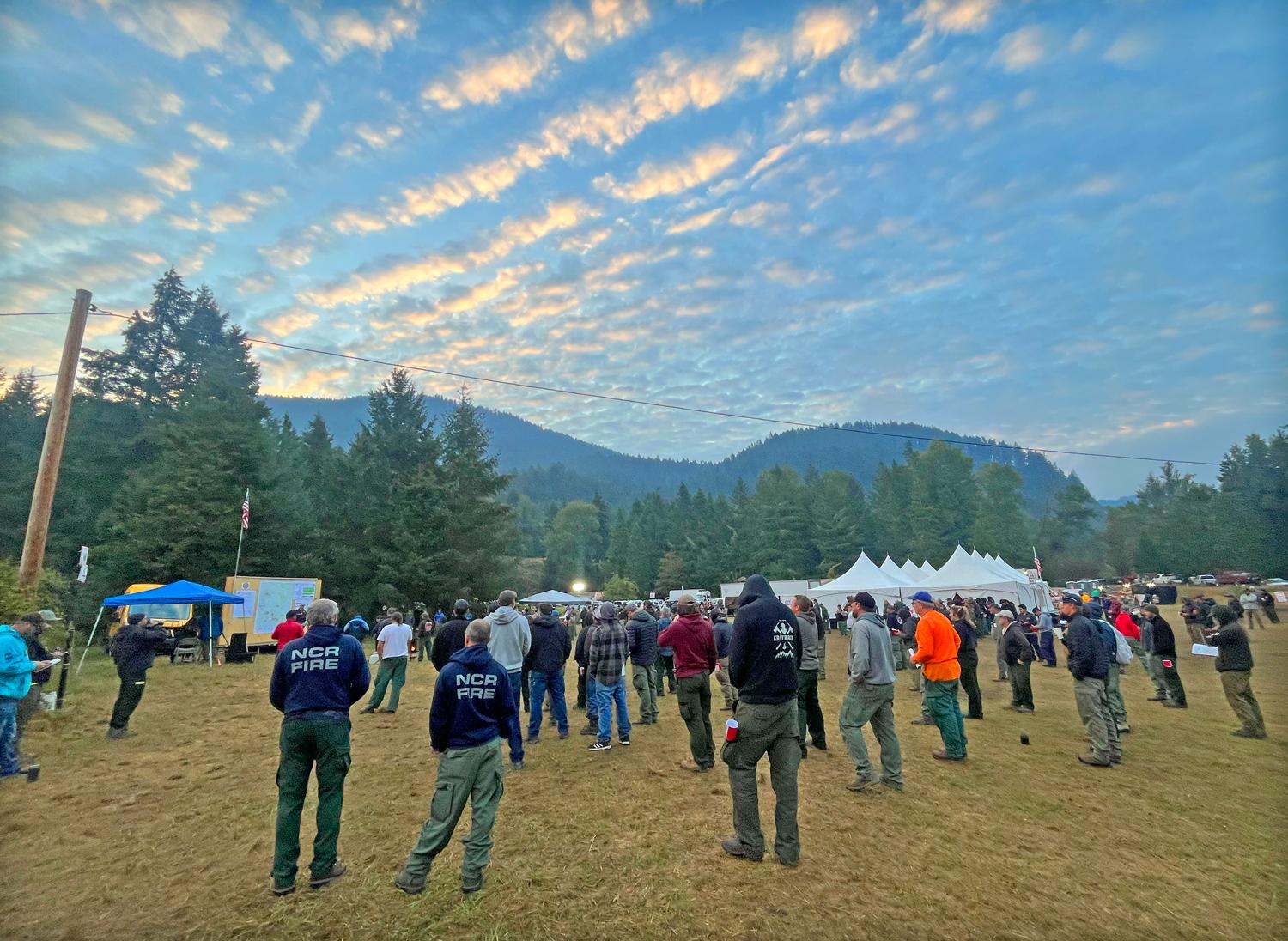
High level clouds (15,000 ft) at the 7am daily operational briefing indicates the arrival of additional moisture across the entire fire complex area by PIO Ginger Allen.
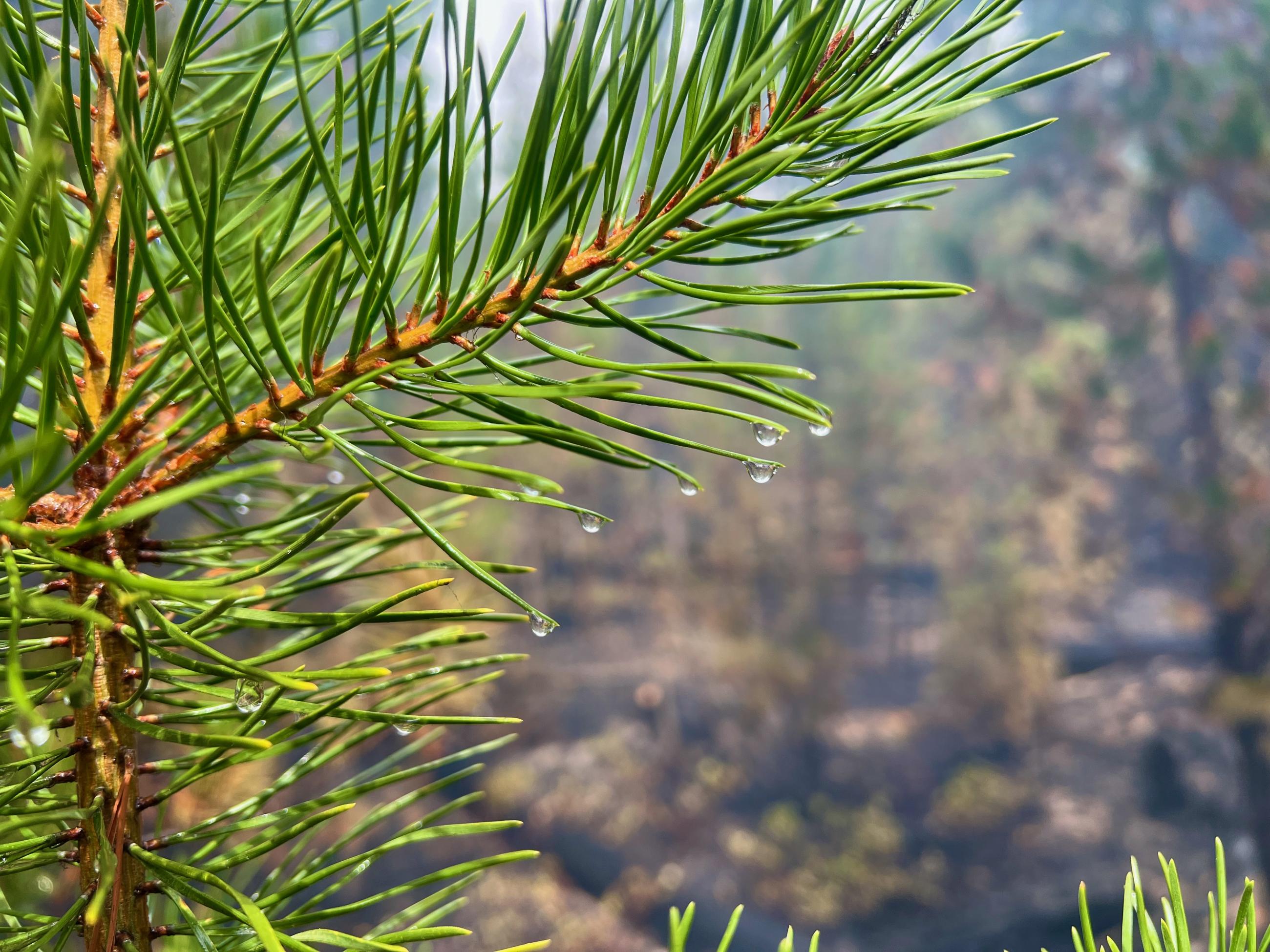
The rain that fell September 11 has slowed, but not extinguished the fires on the Willamette National Forest. It's a good start and it will help firefighters continue the work of containing the fires and bringing the threat to an end, but more is needed before fire season ends. Photo by Public Information Officer Andy Lyon.
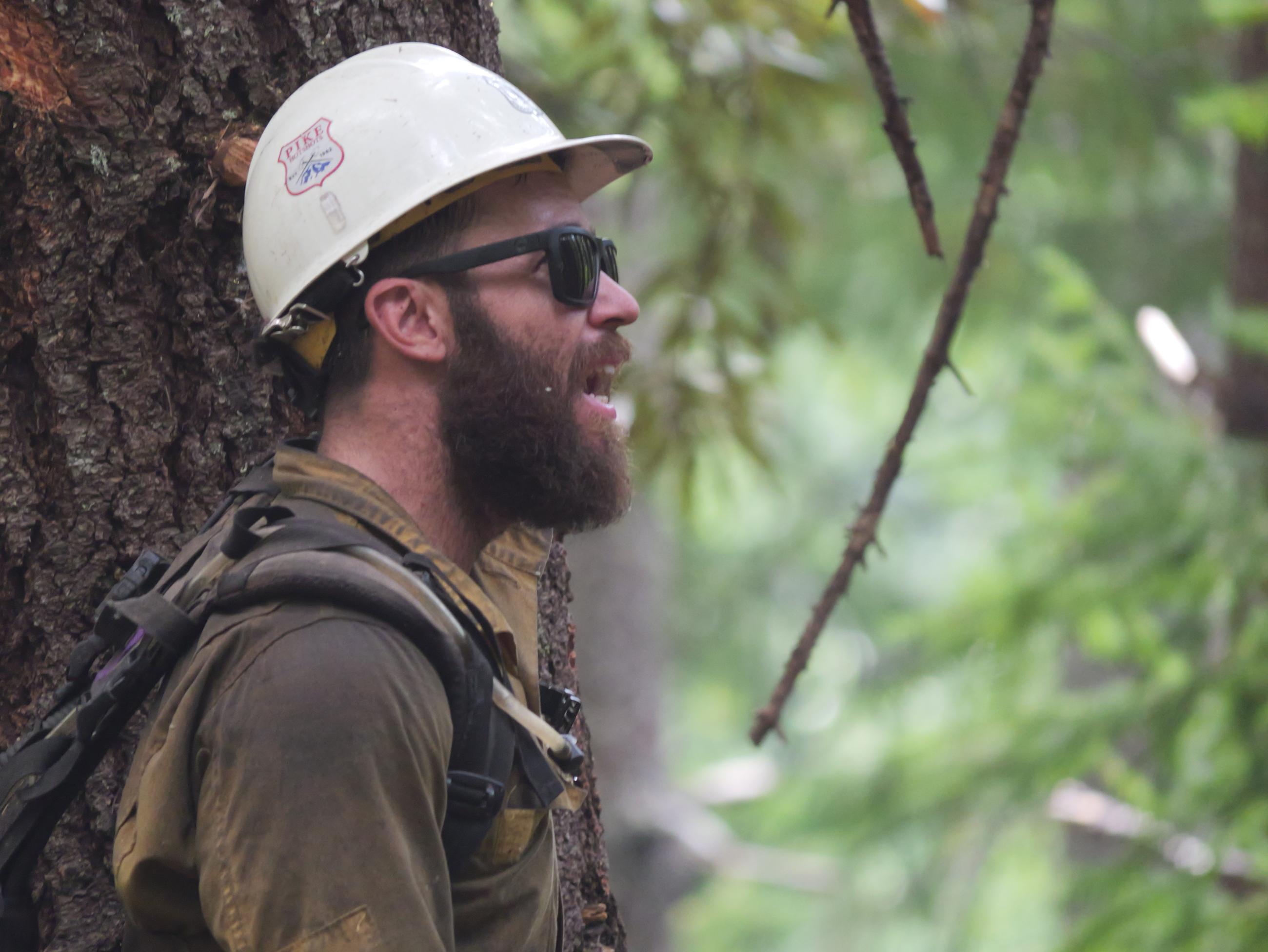
Fire Crews are Making Progress on Willamette Complex South & Red Fire

 InciWeb
InciWeb